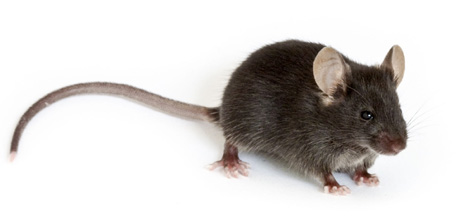An apple and an orange a day may keep the doctor away
Can tangerines, oranges, nectarines and other citrus fruits help prevent or treat diabetes and heart disease? Data from a research team led by Dr. Murray Huff of the University of Western Ontario, London, Ontario, Canada, show this may be the case. Huff and his colleagues found that nobiletin, a substance found in citrus fruit peels, has powerful anti-diabetic and anti-atherogenic properties (Mulvihill et al. 2011).
Cardiovascular disease often accompanies the insulin resistance associated with type 2 diabetes. For example, many people with type 2 diabetes synthesize too much "very low density lipoprotein" (VLDL) in the liver, resulting in elevated plasma levels of lipoproteins containing apolipoprotein B100 (apoB100), a risk factor for atherosclerosis. Citrus fruit-derived flavonoids, such as tangeretin, naringenin and nobiletin, have been shown to exert anti-atherogenic and diabetes-mitigating properties in cell culture and animal models. To characterize these properties, Huff and his colleagues conducted a detailed analysis of the effects of nobiletin, a constituent of citrus fruit peels, on lipid homeostasis and diabetes phenotypes in cultured human hepatoma (HepG2) cells and in a mouse model of insulin resistance and atherosclerosis, low density lipoprotein receptor (Ldlr) knockout mice, B6.129S7-Ldlrtm1Her/J (002207).

Huff and his team found that nobiletin's effects are similar to those of insulin, which can also mitigate apoB100 production. In HepG2 cell cultures, nobiletin rapidly activates cellular signaling pathways that elevate LDLR expression and ultimately reduce apoB100 synthesis and secretion. It exerts these anti-atherogenic effects through a pathway distinct from that used by insulin.
Huff and colleagues substantiated their findings in Ldlr knockout mice. When fed a high-fat diet, these mice develop a complex metabolic disease characterized by obesity, glucose intolerance and elevated insulin and lipid levels. However, when nobiletin is added to the high-fat diet, VLDL and triglyceride levels fall dramatically, insulin levels and sensitivity return to normal, glucose homeostasis is restored, fat build-up is reduced, and the mice are virtually resistant to obesity and atherosclerosis.
In summary, Huff and his colleagues demonstrated that, both in vitro (in human hepatoma cells) and in vivo (in a mouse model of insulin resistance and atherosclerosis), nobiletin exhibits anti-atherogenic and anti-diabetic properties. These findings indicate that nobiletin may help mitigate human insulin resistance and the associated lipid imbalance and atherosclerosis risk.
Reference
Mulvihill EE, Assini JM, Lee JK, Allister EM, Sutherland BG, Koppes JB, Sawyez CG, Edwards JY, Telford DE, Charbonneau A, St-Pierre P, Marette A, Huff MW.2011. Nobiletin attenuates VLDL overproduction, dyslipidemia, and atherosclerosis in mice with diet-induced insulin resistance. Diabetes 60:1446-57. [PMID: 21471511]